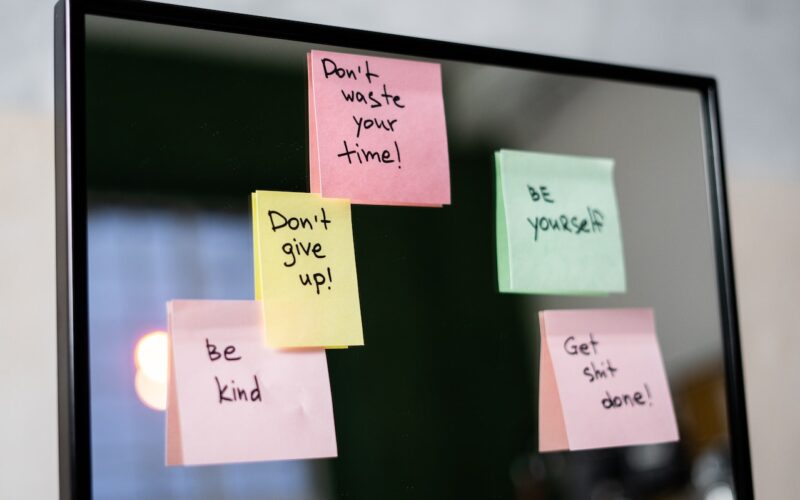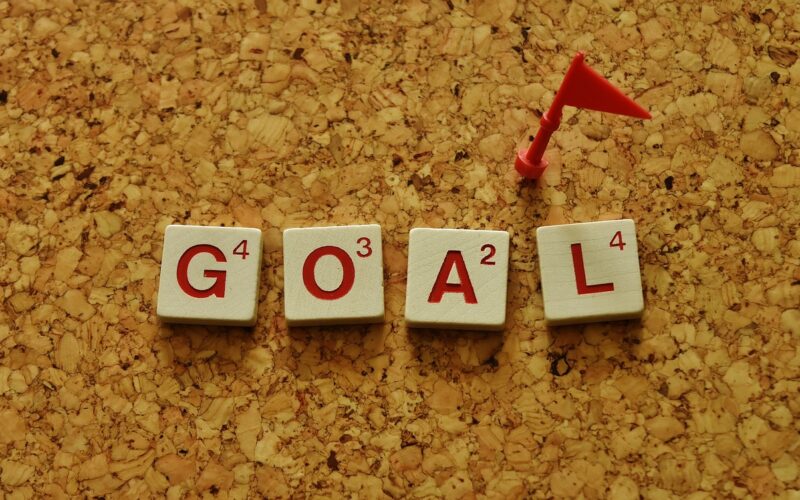Accepting Uncertainty: 7 Steps to Make Better Decisions

When it comes to making decisions, we often feel like we have too many options or are stuck with bad ones. We want to make the best choice, but we’re afraid of making the wrong one.
There is no such thing as a “perfect” choice, though. Every choice has pros and cons that are affected by a lot of unknown factors. Also, every choice has a cost in terms of what could have been done instead. We can never be sure that we’ve made the “right” choice.
7 Steps to Make Better Decisions
We shouldn’t try to be perfect or be paralyzed by indecision. Instead, we should welcome uncertainty and the messiness of making decisions. Here are seven steps that will help you decide better:
Step 1: Know Your Values
Before you ask someone else for help, you should think about your own goals and values. What do you care about most in life? When you know what your values are, you can set priorities and make choices that are in line with them. Try thought experiments like giving up X or Y for the next 10 years to figure out what’s most important.
By making a clear list of your most important values, you can avoid getting caught up in small details and outside stresses. Keeping your mind on what really counts helps you make decisions that are true to who you are.
13 Powerful Hacks to Get You Going
Step 2: Know Your Biases
Biases are brain shortcuts that affect how we think and what we choose to do. Recognize that they are there and pay attention to how they affect you. Confirmation bias makes us look for information that backs up what we already think, and sunk cost fallacy makes us stick with things that aren’t working.
Seek out different points of view, question your own views, and admit when you’re wrong. Self-awareness is important if you want to make better decisions that are in line with your morals and goals.
Step 3: Gather Enough Amount of Information
Find out more about the choices you have. Do study, talk to people, and gather relevant information. Don’t let yourself get overwhelmed by too much knowledge.
Choose whether you want to maximize or just get by. Maximizers try to find the best choice by evaluating everything in detail. Satisficers look for solutions that are “good enough” and avoid too many details. Choose the method based on what you want and what you value.
Remember that making good choices means finding options that fit with your goals and values instead of trying to reach for something you can’t get. Accept that it’s okay to choose something that’s “good enough” sometimes.
Step 4: Take care of your Emotions
The owners of badly behaved dogs are often not emotionally mature or self-disciplined. In the same way, our feelings can also lead us wrong. Emotions aren’t logical and can’t think far ahead. Use self-discipline to train your feelings and tell yourself “no” when you need to.
You can teach yourself to be self-disciplined by training your “dog brain” with your rational thinking. Recognize your feelings, but make choices that are in line with your values and long-term goals.
How To Set Goals and Achieve Them
Step 5: Put it on Paper
Putting things on paper helps you organize your thoughts and figure out what’s going on. Do a full cost-benefit analysis, think about your motivations and values, and look at things from different points of view.
By writing about the costs and benefits of a choice, you can do more than just make a list of pros and cons. Think about the short-term and long-term benefits, any doubts you might have, and any long-shot possibilities. Think about what drives you and if they fit with your values and the kind of person you want to be.
Step 6: Trust Your Gut
After you’ve done the other steps, pay attention to what your gut tells you. Even if you can’t explain it, trust your gut when it tells you something is right or wrong. But be careful, because intuition can be swayed by beliefs and feelings.
Use your gut feeling as one piece of information to help you make a choice. If it fits with what you already know, think about it. If it doesn’t fit, you should think about why you feel that way. Find a good mix of gut and logic.
Step 7: Take Action
Once you’ve made your
If you’ve made a choice, act with confidence. No choice is perfect, and problems may come up, but if you act, you move closer to your goals.
Every move makes a new chance and possibility. Accept what happened, learn from it, and change your method if you need to. The goal is to make decisions that are in line with your ideals and help you grow as a person.
In the end, making decisions is unclear and not perfect. You can move through the process with clarity and confidence if you know your values, recognize your biases, gather relevant information, deal with your emotions, write things down, believe your gut, and take action. Accept doubt and work on improving yourself instead of trying to be perfect.

















0 Comments